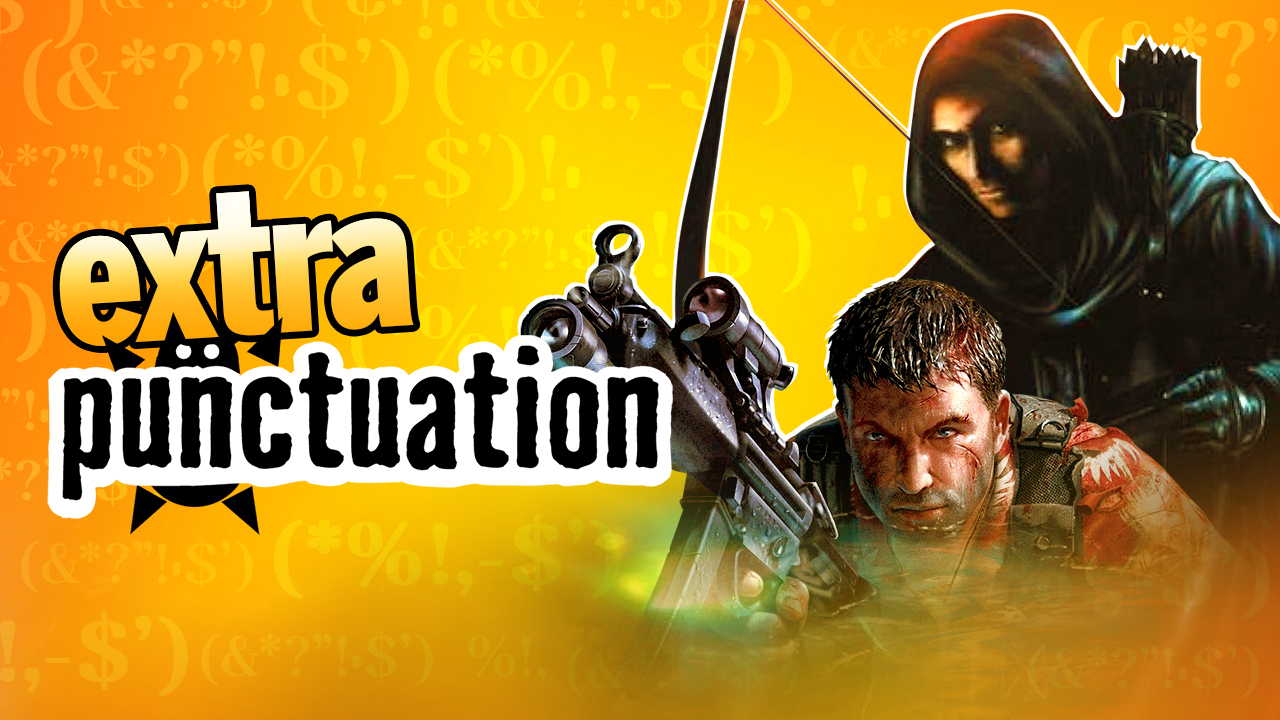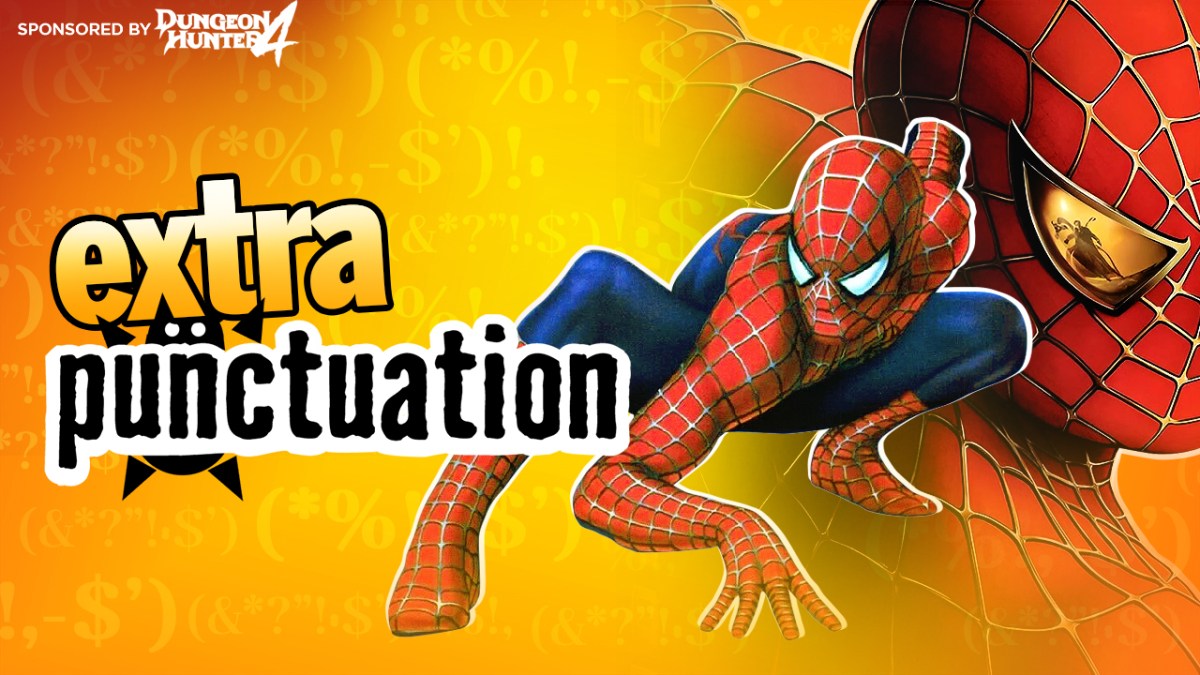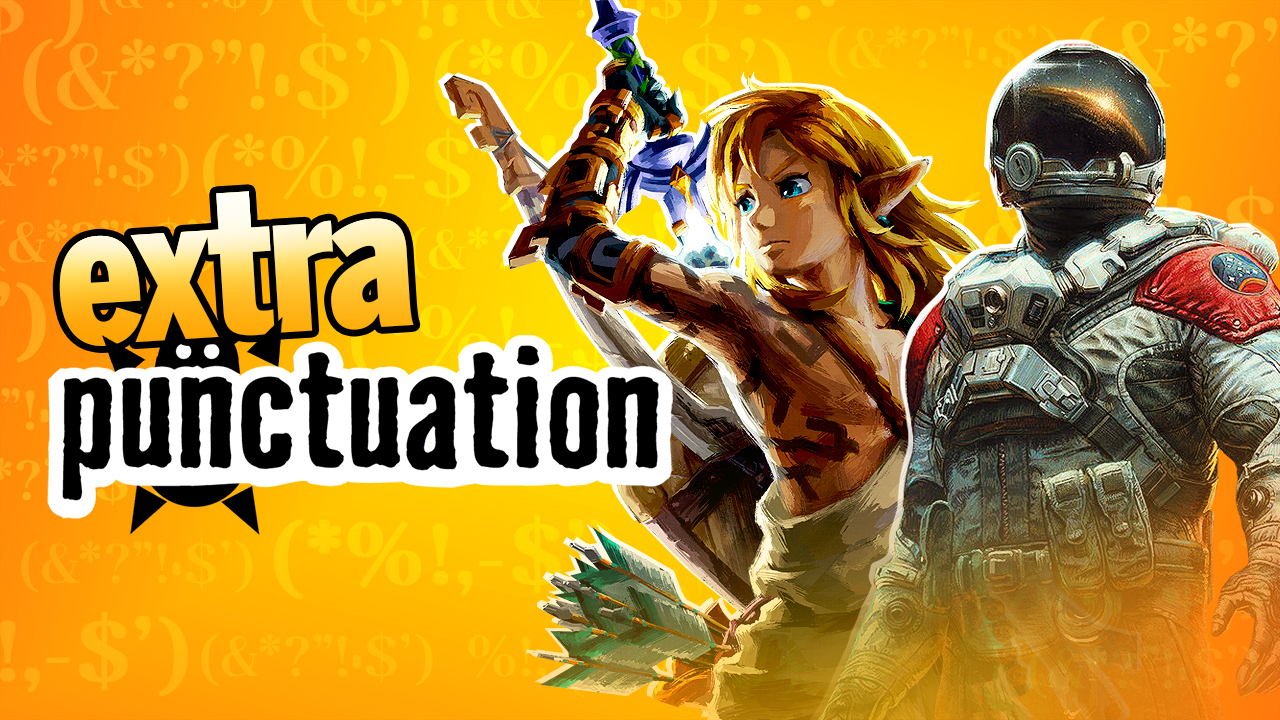
(Uncharted 3 spoilers in this article! Not that it matters since everyone’s moved on to Skyrim by now.)
I can think of very few cases where a series hasn’t peaked by the third instalment, with the possible exception of the Jason movies ‘cos that’s when he gets the hockey mask, so it shouldn’t be a surprise that the Uncharted series is becoming strained. It’s possible that the gameplay tries to be too many things – a stealth climbing brawling shooter with puzzles – but my major problem was the way Uncharted 3 was written.
This is leaving aside the issue that the plot is formula-wise identical to Uncharted 2 and a lot of Uncharted 1, and that what new points it did have were eerily reminiscent of The Last Crusade. I’m not even going to do my usual thing of complaining about that Joss Whedon-y style of “witty” dialogue that I find physically painful to listen to but everyone else seems to like. It’s in a broader analysis of the story that I find my quibbles this day.
As the developers themselves admit (in one of the Making Of featurettes that can be found in the extras menu) they come up with the set pieces first and string a plot together around it. That’s not an inherently bad way of writing a plot. James Cameron famously wrote the first Terminator film by starting with the image of the robot rising out of the burning remains of the truck and building everything around that. My problem with Uncharted 3 is that the set pieces, as impressive as they may be, are not strung together very well. There’s a whole, rather overlong chapter in which Drake is kidnapped by pirates, explores a ship graveyard and escapes a sinking ocean liner. Impressive maybe, but afterwards you end up back in the city from the previous chapter and absolutely nothing has advanced. The whole section could easily have been cut out and the plot would have still made sense. And there’s no reason it couldn’t have been worked in better, it barely needed more than a dialogue change. It’s just laziness is all.
Another issue I have is. .. “realism” is probably the wrong word. This is, after all, the “fantasy archaelogy” genre where ancient machinery still functions perfectly after however many centuries and no-one’s come in to solve the puzzles in any of the intervening years. “Verisimilitude” is better. A sense of events being in some way probable. No amount of suspension of disbelief can compensate for the fact that far too many events rely on severely unlikely coincidences. Like after the ocean liner bit when Drake washes up right at the city he needs to be in. Or in the earlier chapter set in the same city where Drake and friends run into a random door to escape their pursuers and are somehow right outside the underground vault entrance they’re looking for. Or indeed when Drake stumbles upon a ruined village where the enemy soldiers are camped out by randomly blundering through an inhospitable desert wasteland that’s supposed to be hundreds of miles across.
And while we’re on the subject, that was the moment when I rang the bullshit bell the loudest. In the last game Drake manages to climb out of a train wreck and fight his way through the frozen tundra without warm clothing and with a bullet in the gut, but I let it slide because he has the decency to collapse at the end of it. But I refuse to accept that the guy can wander through a desert for however many days with no food or water, to the point that he’s hallucinating and crawling across the sands on his hands and knees, before suddenly getting a second wind when the baddies show up and going back to shooting and brawling with the best of them. There comes a point when you’ve beaten on a guy too long and his continuing survival starts to undermine any sense of genuine threat. You start to think that maybe his whole body is made of solid wood, not just his hair.
But my final problem is in the characters, because the writers just don’t seem to know what to do with them. The way Drake gets back together with whatshername at the end of every single game paints either one or both of them as someone with severe relationship hang-ups, and any sense of closure it attempts to give is undermined by the complete lack of chemistry they had throughout the game (she’s only in it for two chapters). Not to mention the knowledge that a consistent pattern of breaking up between each game is one sure to continue since neither of them have had any kind of significant character arc that might imply a new, better attitude.
And then there’s the new sidekick, that English bloke palling around with Claudia Black’s returning character (who incidentally spends her screen time very prettily doing fuck all). He’s probably the most fleshed-out entity in the plot, given a starring role in a wily scheme before demonstrating a relatable flaw (claustrophobia) and a sequence where he’s drugged, loses control of his body and almost kills his allies in a way he later finds visibly disturbing, and then what? He breaks a leg at more or less the mid-point of the game and magically disappears from the plot as he’s taken away for medical attention. I’d have complained just as much if they’d killed him off but at least it would have been closure of some half-arsed kind.
But most disappointing of all is Drake himself. This was the first time I’ve given the slightest inkling of a toss about his character, and then they squander it. It starts when there’s a flashback chapter in which you play a 15-year-old Drake. And while already an insufferable little shit, there’s a distinct sense that his bravado is a slightly shaky facade. The second moment, which really gave me pause for thought, was later on. While Drake is in the custody of the main villain, she demonstrates her power by gloatingly reading out the file she has assembled on him. The most notable fact being that “Nathan Drake” is not his real name.
For me, this was the first time I’d seen any kind of vulnerability exposed in Drake, since it’s pretty clear that he shrugs off physical injury like Connor fuckin’ McLeod. What could his real name be? Dmitri Barishnikov? Nobby Dribbleplops? Lord Lucan? This was a glimpse behind the mask. The first hint that he wasn’t actually some meathead action hero always ready with a hateful quip, but a frightened child in a man’s body, hiding behind the facade of this fantasy persona. Inventing this idea of being descended from Francis Drake to gain importance and purpose in a meaningless existence.
But no, this never came up again, and we were stuck with goofy action man facade Drake for the rest of the game. Goes to show that you only really know a character when you see them at their most vulnerable. I’d probably like Drake more if there was a moment when we saw him going to the toilet. But he wouldn’t do that unless there were diamonds in the cistern, and then a thug would burst in the window and Drake would have to garotte him with his underpants elastic.
Yahtzee is a British-born, currently Australian-based writer and gamer with a sweet hat and a chip on his shoulder. When he isn’t talking very fast into a headset mic he also designs freeware adventure games and writes the back page column for PC Gamer, who are too important to mention us. His personal site is www.fullyramblomatic.com.





Published: Nov 22, 2011 05:00 pm